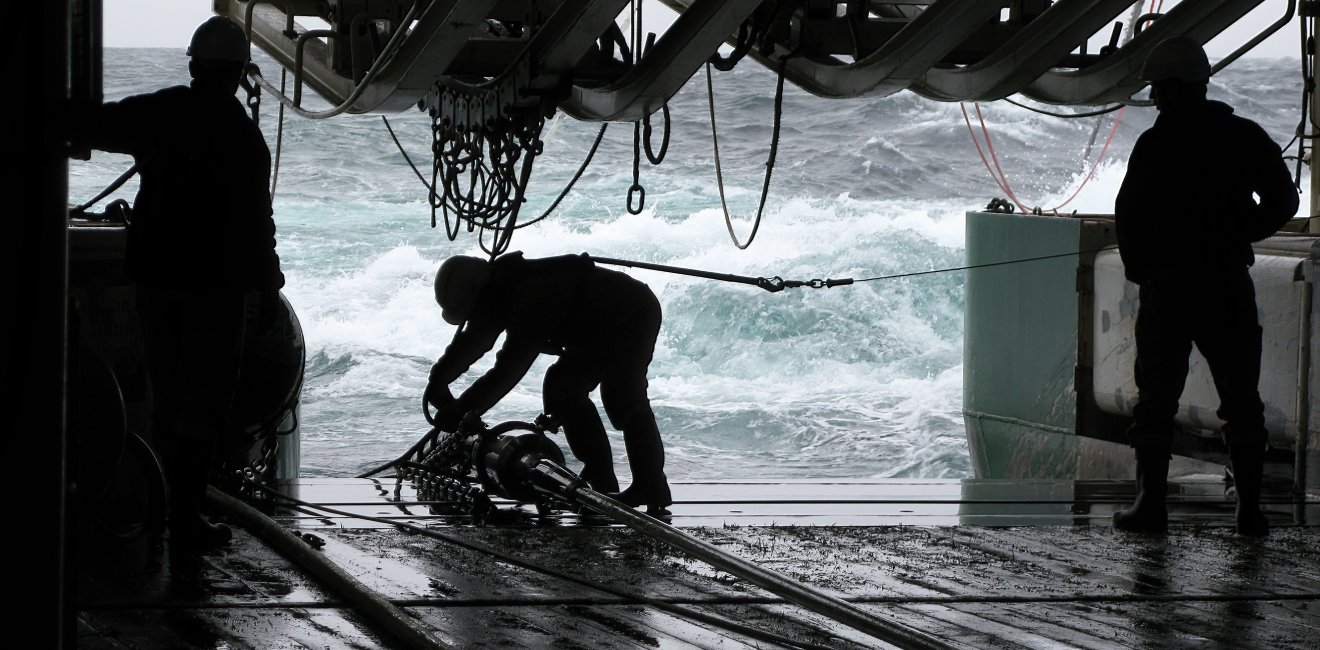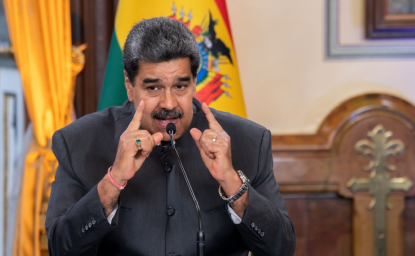The continental shelf contains nodules rich in strategic minerals and rare earth elements needed for everything from green energy to the semiconductors that drive Artificial Intelligence. The US announcement on the US extended continental shelf (ECS) highlights American strategic interests in securing these hard minerals on its seabed and subsoil, lying sometimes hundreds of miles offshore. The US entitlement to sovereign rights and jurisdiction over the area is key to ensuring American economic prosperity and national security. The continental shelf comprises the natural prolongation of land territory to the outer edge of the continental margin.
From the beginning, the US claim to a continental shelf was interconnected to economic and military power. During the Franklin Roosevelt administration, the United States began to consider a claim for the continental shelf to help secure oil supplies to contribute to the war effort. President Truman released a long-considered declaration of the US continental shelf in 1945, laying claim to the natural resources of the seabed and subsoil of the continental shelf beneath the high seas but contiguous to the United States. At the same time, the declaration preserved high seas freedoms of navigation and overflight of the waters above the continental shelf. The need to ensure a secure supply of oil during World War II motivated the United States to adopt the Truman Proclamation in 1945. The following year, the United Kingdom, Mexico, Argentina, and Panama followed the US example. By the end of the 1940s, the coastal state right to the resources of the continental shelf crystallized into customary international law. The concept was codified in the 1958 Continental Shelf Convention and recognized in the 1969 Continental Shelf Cases involving Denmark, Germany, and the Netherlands. While the search for oil and natural gas ignited interest in the continental shelf, the real prize may be the abundance of strategic minerals found on the seabed.
The US continental shelf has some 50 hard minerals required for the New Economy. These minerals are used in everything from cell phones to satellites, including lithium for electric batteries and tellurium used in solar panels. Military systems are especially dependent on hard minerals—like titanium, cobalt, and gallium—found on the continental shelf. Gallium is used in optoelectronics, such as military radar and electronic warfare applications. The US continental shelf also has 16 rare earth elements including germanium, which is used in computer chips.
China is the world’s top producer and processor of rare earth minerals and has used its dominance as a weapon. In 2010, China restricted exports of rare earth minerals to Japan over a dispute regarding the Senkaku Islands. China claimed the restriction served environmental purposes. The move sent prices soaring in Japan, and Tokyo initiated a search for alternative supplies. In 2018, Japan discovered hundreds of years’ worth of strategic minerals on the seabed around remote Minami-tori Island. Japan’s seabed is estimated to hold 780 years’ worth of the global supply of yttrium and 620 years’ worth of europium—used in everything from optical displays to nuclear reactors. It also contains 420 years’ worth of terbium—used in advanced medicine and 730 years’ worth of dysprosium, also used in nuclear reactors. In October 2023, China placed restrictions on the export of gallium and germanium to the United States, widely seen as retaliation for the US CHIP Act to protect the American semiconductor industry. The US announcement on the continental shelf provides promise that the United States may one day internalize its supply chain for some strategic minerals. This would aid the efforts of Western countries to shift toward alternative sources of minerals and reduce their dependence on China.
Although the United States was the most influential promoter of the concept of the continental shelf in international law, it has not joined the United Nations Convention on the Law of the Sea (UNCLOS). UNCLOS established a formula in Article 76 for coastal states to determine the extent of their continental shelf. The United States utilized Article 76 in fashioning its own claim. The treaty also created a Commission on the Limits of the Continental Shelf (CLCS) empowered to review state submissions in accordance with Article 76 and issue recommendations which may be considered final and binding if accepted by the coastal state. The position of the United States is that while exclusive access to the resources of its continental shelf is a function of customary law, it is not essential to submit a claim to the CLCS, and it is not certain that the process is open to non-parties of UNCLOS. Russia pursued a vast claim in the Arctic Ocean through the CLCS process for more than 20 years to perfect, and finally receive, recommendations. This year, Moscow accepted the recommendations of the CLCS, securing unambiguous legal rights to the mineral resources of half of the Arctic Ocean. Meanwhile, the unilateral U.S. claim in the Arctic, Atlantic, and Pacific Oceans and the Gulf of Mexico, is also based on decades of oceanographic surveys to fit the criteria set forth in Article 76. Without official access to the CLCS, however, the United States will have a more difficult time than Russia in securing widespread acceptance of its claims. Any doubt over the American claims, especially if challenged by another state, would delay any plans to develop the mineral resources.
Author


Polar Institute
Since its inception in 2017, the Polar Institute has become a premier forum for discussion and policy analysis of Arctic and Antarctic issues, and is known in Washington, DC and elsewhere as the Arctic Public Square. The Institute holistically studies the central policy issues facing these regions—with an emphasis on Arctic governance, climate change, economic development, scientific research, security, and Indigenous communities—and communicates trusted analysis to policymakers and other stakeholders. Read more

Explore More
Browse Insights & Analysis
360° View of How Southeast Asia Can Attract More FDI in Chips and AI



